Jamie Jean Schneider DommDigital Strategist for the North American Division. In other words, don’t be like Bob and push that button, because you could be limiting your options, wasting your ad dollars, and curtailing your desired results.It’s tempting. It’s easy. You can push that blue boost button right from your phone, and you imagine that you’re expanding the reach of your post beyond your wildest dreams. Well, you’re not really. Let me explain. If you’re new to social advertising, boosting a Facebook post is appealing because it’s easy to access and simple to set up. But if you’re on a limited budget and looking to maximize your results within a target audience, boosted posts are not the way to go. This blog post will discuss why you may end up wasting your precious ad dollars when you boost, the enormous value Facebook Ads offers your ministry through other, more effective campaign objectives and targeting, and the rare situations in which it’s okay to push that boost button. The Facebook Ads platform is king when it comes to social advertising, and it can be your secret weapon for delivering your message effectively to your target audience. Whether you’re a tiny ministry or a for-profit Fortune 500 company, Facebook’s advertising platform delivers unrivaled value (as of May 2019) in terms of precise targeting, customizable advertising, and affordable buys for any budget. It offers more psycho-demographic information about your audience than any other advertising platform, including but not limited to: interests, behaviors, household income, age, gender, religious or political beliefs, relationship status, occupation, age of children in the home, etc. The possibilities are almost endless. However, the boosting interface (remember that blue boost button?) strips these targeting options down to a minimum and limits your ability to combine and exclude targeting filters. While boosted posts make advertising easy for the newbie, most of the boost advertising options are purposefully limited. You will not be able to leverage the full power of Facebook Ads targeting with optimized results. Facebook Ads manager offers more than 17 marketing objectives that are not available in the boosting interface. Choosing the right objective for a highly targeted audience produces a winning combination that will stretch your ad dollars while maximizing results. Conversely, boosted posts frequently cast the net too wide for small budgets to create impact among a desired demographic. To summarize, here are the three reasons to avoided pushing the boost button:
When is it a good idea to click the boost button?
To achieve good results with your social advertising campaigns, you must embrace good advertising practices. That means doing social advertising the right way: through Facebook Business or Ads manager. It is a very user-friendly tool, and the results will make the learning curve worth it. As Christians, this is also embraces good stewardship. We should take the time to learn how to use the tools at our disposal in a way that optimizes the funds we have been blessed with to do God’s work. To view all of Facebook’s targeting options, check out this useful infographic from Wordstream.
Jamie Jean Schneider DommDigital Strategist for the North American Division. Feel free to adjust to your community needs. Depending on your audience, you may want to consider a more casual tone. We’re excited that you have decided to join our online small group/discussion forum. To make this a positive and safe environment for all, please consider the following guidelines and recommendations that will help us get the most out of our shared experience.
Consequences: Appropriate action will be taken when these guidelines are violated. A warning may be given but is not guaranteed; in severe cases, violations can mean removal from the group. Community members should voice concerns and report behavior that violates the guidelines to the administrator via private message. The administrator reserves the right to remove inappropriate comments or content without notice. Agreement: By joining this community, you are considered to be in agreement with the terms and conditions listed above. As the mediator/leader for this online group, I commit to:
For more social media policies and guidelines, click here.
Jamie Jean Schneider DommDigital Strategist for the North American Division A model for everyday ministry to real people and how to use social influence for kingdom building as it was demonstrated through the life of Jesus Christ. During His three-and-a-half-year ministry, He:
Credit: Digital Discipleship in the Seventh-day Adventist Church modified by Jamie Domm, Digital Strategist for the North American Division In this model:
Individuals who are seeking to serve as digital missionaries can fulfill all these roles on their own or work within a network of digital missionaries to optimize reach, build community, and share content. By creating an ecosystem of digital missionaries, they can capitalize on each other’s areas of specialty through mutual collaboration and shared social influence. A group of digital missionaries can learn as a group and adapt to changing technologies, increasing their ability to address relevant topics in a timely manner. Organizations can provide structure for content creation that reflects the official mission and branding of a ministry. An organization should also develop a system for distribution internally and externally, as well as determine ways to tap into the reach potential of its members. Ministries can also set up teams of engagers who work within the brand structure to strengthen the relationships within the church community and/or who are trained to act independently as disciples, developing relationships outside of the Church for the purpose of evangelism. These organizations can also interact within the larger organizational structure of the Church to create a multilayered ecosystem of content creators, distributors, and engagers. Each organizational level both creates and distributes content through their digital channels: up the chain, down the chain, and to the external audience. Each formal organization should also have a team of engagers to interact with the online community. In terms of the local conference and churches, the role of the engager will need to go beyond the digital space for in-person experiences. The function of each layer of the Church can be summarized as follows:
Felecia DatusThe Center for Online Evangelism is a missionary project devoted to developing online mission stations. Four Action Steps to Get Involved in Online EvangelismYou’re on your way to becoming a digital missionary! This is the final post in a four-part series where we aimed to break down online evangelism. Now that you’ve gone through what online evangelism is, its importance, and the role each individual can play, learn what you can do today to get involved. 1. Pray and Ask for the Holy SpiritIn Acts 1:8, Jesus Christ promised to give us power through His Holy Spirit so that we could be His witnesses to the ends of the earth. This includes the online world. Arm yourselves with humility; pray that angels of God may come close to your side to impress the mind; for it is not you that work the Holy Spirit, but the Holy Spirit must work you. It is the Holy Spirit that makes the truth impressive. Keep practical truth ever before the people. – Testimonies, vol. 6, p. 57. (1900) 2. Actively Engage in a Digital Evangelism ProjectBe intentional about using your time, energy, and gadgets for soul-winning. Consider the gifts, talents, and resources God gave you and then choose a project. Learn how to start one here. Here are 10 personal digital mission projects you can start today:
3. Support a Digital MissionaryYou can support a digital missionary financially through their Patreon accounts or ask them how you can help their ministry. Supporting is not limited to financial contributions. Encourage digital missionaries with your prayers and words of encouragements. Those go a long way in helping to fight daily trials. If a digital missionary makes a mistake, there are Christ-like ways to deal with the matter instead of condemning criticisms. Also, engaging and sharing a digital missionary’s content helps tremendously. A supportive role is just as important as an active role. 4. Educate YourselfMany people exclude themselves from the work of digital evangelism because they feel it’s “too techy” or they don’t know “computer stuff.” Surprisingly, digital missionaries who have the most impact have little to no background experience. Many did not receive formal training in the area of communication or media. These individuals were willing to be a part of the Great Commission and then took tangible steps to learn basic skills. Many taught themselves to edit audio and video, use a camera, design graphics, take photographs, and speak in front of a camera. You can subscribe to The Center for Online Evangelism newsletters, watch how-to videos, attend conferences, take online courses, or attend free webinars. The NAD’s Big Data + Social Media department provides articles, downloadable guides, and training videos as well as a newsletter. The best part? They’re all free! Anything that a member needs to become equipped to do this work is already available. So, What's Stopping You?“And this gospel of the kingdom will be preached in the whole world as a testimony to all nations, and then the end will come” (Matthew 24:14). “Therefore go and make disciples of all nations, baptizing them in the name of the Father and of the Son and of the Holy Spirit (Matthew 28:19). May it not be said of this generation that we bypassed sledgehammers and chose feathers to crush rocks. Our devices are sledgehammers to break down barriers and show the world Jesus. Let’s be wise to use our gadgets effectively to accomplish the most in spreading the Gospel and to tell the story of the Seventh-day Adventist movement. Let every worker in the Master’s vineyard, study, plan, devise methods, to reach the people where they are. We must do something out of the common course of things. We must arrest the attention. We must be deadly in earnest. We are on the very verge of times of trouble and perplexities that are scarcely dreamed of. – Letter 20, 1893. Previous posts in this series:
Felecia DatusThe Center for Online Evangelism is a missionary project devoted to developing online mission stations. We continue our overview of digital evangelism. If you haven’t already, read part one about the keywords in online evangelism. Also, read part two where we cover the three main reasons why digital evangelism is very important. In part three, we review the role that each person and institution play in advancing the mission of online evangelism. The Role of the Holy SpiritNo doubt, digital evangelism (or digital discipleship) calls for the development of many skills such as writing, editing, design, and creativity. Though certain aptitudes help tremendously with creating content for people online, one may master these skills yet lack power. We must never underestimate the need for the Holy Spirit. Without the Holy Spirit, the biggest budget and most detailed strategy will not work in saving souls. A video may be perfectly edited and a blog post may be meticulously written, but without divine power, souls cannot be won. Our skills, experience, or ads will not convert hearts. But Jesus promised to give power to His workers when they are filled with the Holy Spirit (Acts 1:8). Digital Missionaries must spend more time in prayer asking God for power to bring in a harvest. The Word of God must be constantly consumed. The content we create must flow from the Truth of His Word. Allow the Holy Spirit to play His part. The Role of Church Pastors and LeadersIf our ministers realized how soon the inhabitants of the world are to be arraigned before the judgment seat of God, to answer for the deeds done in the body, how earnestly they would work together with God to present the truth! – Letter 43, 1902. Leaders must, with all diligence, encourage their members to take up their own portion of the Gospel work and do it with the power provided through the Holy Spirit. If our leaders and pastors show an interest in the mission work being done online, their congregations will also follow suit. Pastors, you could reach thousands more if you incorporated digital evangelism into your ministry. Record your sermons and make them available online. Encourage your department heads to create content that can be published on the web. Ensure that your communication department receives the budget to properly advertise the church’s services and events online. Create online evangelism training opportunities for members. Make certain that your church has an effective online presence. Your church does not need to be active on all platforms. Choose one and effectively invest resources into that platform until the Spirit opens the way for you to expand your online reach. By so doing, a church of 100 can grow to include thousands of online members who may not have access to a local Adventist church. Use every opportunity to motivate your church members to use their devices for a greater purpose. If training is needed, there are workshops, webinars, and online resources available to churches and leaders. The Role of Educational InstitutionsTrue education is missionary training. Every son and daughter of God is called to be a missionary; we are called to the service of God and our fellow men; and to fit us for this service should be the object of our education. The work of digital evangelism is specially crafted for today’s youth. Those who oversee their education can do a great deal to ensure that students are properly equipped to serve God online. Remind students of the greater call on their lives to be missionaries in their career fields. Teach them to look beyond the temporal returns of a salary and promotion, toward a more glorious reward; the saving of souls. Instructors can wisely use their position to admonish students to be Godly influencers in their online circles. Adventist schools have an opportunity like no other institution to help students untangle themselves from time-wasting habits and engage in intentional digital discipleship. The Role of ParentsParents are putting powerful tools in the hands of toddlers and children. Tablets and iPhones are fast becoming the gift of choice for teens. This generation does not know life without the internet, social media, iPads, and cellphones. If youth are able to have their own device, they are also able to do online evangelism according to their ability. Parents and guardians can inspire their children to use their gadgets to positively influence their friends. Instead of discouraging the use of social media, show your young ones how a noble use of their online powers can bring joy to their heavenly Father. In an age of cyberbullying and suicide among teens, Adventist youth trained in online evangelism can help bring hope to other young people online. The Responsibility of Every DiscipleThe disciples were to teach what Christ had taught. That which He had spoken, not only in person, but through all the prophets and teachers of the Old Testament, is here included. - The Desire of Ages, p. 826. Church members are disciples of Jesus. Disciples are continuously on the move, following Christ and calling other people to live as He did. They are actively engaged in or supporting mission work. The online world is languishing because we are not doing enough individually as members and collectively as a church. You and I will be held responsible for not using every means necessary to share the Gospel with our relatives, neighbors, and friends. Members must move on from the erroneous belief that evangelism is an event that is organized by specific individuals in the church. Evangelism is like a living portrait; every member of the local church must intentionally work in his colors so that each church can show a beautiful depiction of the Gospel. As a member of the body of Christ, the Lord blessed you with an exceptionally precious truth for this time. With a sense of urgency, make decided steps today to be more diligent in online work. Read part 4, where we explore practical steps you can take today to be a part of online evangelism. Previous posts in this series:
Breaking Down Online Evangelism (Part 2) - Why Digital Evangelism Is Needed and Why Are We Behind?4/16/2019
Felecia DatusThe Center for Online Evangelism is a missionary project devoted to developing online mission stations. Why is Online Evangelism Important?In part 1 of the series, we covered the basics of online evangelism – what it is and some common key terms. Now, we’re reviewing three main reasons why this branch of evangelism is critical, especially in the digital era. Reason 1: We Need to Change the Online Story.You can probably think of someone who researches Seventh-day Adventists online, only to conclude that we are a “cult” and follow the teachings of a “false prophet” more than the teaching of the Bible. Why do so many people believe this? Because of negative content widely available on the internet. 60% of visitors stop attending evangelistic series because they, or someone they know, came across websites or videos that painted Adventism in a different light. Online evangelism helps ensure that when people search for us online, they find credible websites about our church, beliefs, educational institutions, hospitals, and ministries. Reason 2: We Need to Save More Souls.So many people are living and dying without hope in Jesus. Think of your relatives, friends, neighbors, co-workers, or classmates; have they all heard the Gospel? What about the people at your local grocery store or bank; are they saved? There are many of them who have yet to have their sins forgiven by Christ. At the Second Coming, only those who have accepted Jesus as their Savior will be saved. Homeowners are no longer opening their doors to canvassers as they used to and handbill invitations to attend church seem to go unnoticed. However, a video on YouTube or a blog post might be the key to pointing a friend or relative to Jesus. Online evangelism increases the likelihood of them coming across an opportunity to have a personal relationship with Jesus, thereby more people can be saved. Reason 3: We Need to Be Relevant.While the Gospel message never changes, how we deliver that message will change. Today, no one would advocate traveling on horseback from state to state to preach the Gospel. This method was most effective during an era where a messenger traveled as fast as the fastest horse. Today, cars, trains, and planes have provided more effective ways to travel. If we wish to remain relevant and effective in carrying out the Great Commission, we must learn how to use the platforms that will get us in touch with the masses. Today’s evangelistic efforts must be appropriate to the current time, period, and circumstances. Why Are We So Far Behind?Aesop’s fable about the tortoise and hare gives an idea of why we are lagging behind when it comes to using the most revolutionary methods to share the Gospel. It seems we, as a church, became very comfortable with the progress we were making and mistakenly assumed that we could slow down. But in resting, we became lukewarm, not only in our own spiritual growth but in our efforts to win souls. Also, we hesitated to accept emerging technology and failed to see how these new digital means of communication could be used for a higher, nobler purpose. We are far behind in online evangelism because we are constantly shifting the mission responsibility to someone else instead of recognizing our own personal role to help finish the work. We’re playing Holy Volleyball; instead of dropping the ball, we’re getting worked up tossing it on the other side. Members toss the ball to leaders, leaders toss it to workers, workers toss it back to members, and so it continues. But all hope is not lost. Online Evangelism Is Growing.As Seventh-day Adventists begin to see the significance of online evangelism, members are jumping at opportunities to become online missionaries. Today, digital disciples like Greg Serada, Mark Fox, Justin Khoe, and Dustin Pestlin are collectively accumulating millions of views on YouTubers. Jasper Ivan Iturriaga impacts the online world through stunning photography. Taj Pacleb and Kenisha Simms produce beautiful devotional videos. Santiago Nuñez creates inspiring graphics, Aleksandar Popovski uses his creativity, Kaleb Eisele shares our collective stories and builds community, Alistair Huong manages a hub for online sermons, and the Aus Table Talk team and other podcasters address relevant issues through their podcast. These are only a few among many others who are using their talents in the digital space for evangelism. And God’s grace was so powerfully at work in them all (Acts 4:33 NIV). The Clarion CallNow, there is a clarion call to every member, worker, and leader to either be directly involved in online evangelism or to support digital missionaries. We must stay up to date with the times so that we can utilize all avenues possible to preach the Gospel and Three Angels Message to the ends of the world. We can no longer afford to remain on the sidelines of evangelism. In part three, we'll explore the role each person can play in online evangelism. Click here for more resources on Digital Evangelism and Discipleship. Previous post in this series:
Felecia DatusThe Center for Online Evangelism is a missionary project devoted to developing online mission stations. IntroductionWe’re one day closer to the return of Jesus Christ! Now as awe-inspiring as that is, it also evokes a lot of thought about how many people have yet to know Him personally. Online evangelism is one method that is proving to be very effective in pointing more people to the Savior. This series of articles will explore what online evangelism is, why it’s important and how you can get involved. More ResourcesThere are other key players to help us understand online missions. Check out this series by Jamie Domm from the North American Division and this descriptive blog post by Rachel Lemons-Aitkens from the Seventh-day Adventist Church in Australia. Also, we made this series available for download. Scroll down to the end and download the entire presentation for FREE! Now let’s jump right in! What is Online Evangelism?Online evangelism is the systematic and intentional use of internet platforms to spread the Gospel to the online population. The goal is to introduce people to Christ and then connect them to a church family. You may see the terms digital evangelism and online evangelism being used interchangeably. Both cover various evangelism strategies that require the use of the internet, cell phones, laptops, video cameras, and other modern technologies. Click here to see how these and other digital missionary terms are defined. Traditional Methods Not to Be ReplacedIt is important to note, digital evangelism should be incorporated with traditional forms of evangelism – it does not replace traditional methods such as canvassing, tent meetings, or distribution of tracts. Gospel workers should survey their field and use the methods that would be most effective. Is Digital Discipleship Different?Another term you may come across is digital discipleship. It is “a movement to make disciples and inspire people to grow in discipleship.” Rachel Lemons-Aitkens explains three categories of digital disciples; content creators, content distributors, and content engagers. So whether you say online evangelism, digital evangelism, or digital discipleship, all of the terms involves working with people online (directly or indirectly) to propel them toward a strong relationship with Jesus Christ and bring them into a community of faith. Key Terms in Online EvangelismDigital Marketing Digital Marketing incorporates strategies such as content marketing, search engine optimization (SEO), online ads, social media strategies, and other online methods to help churches and ministries rank higher in search results. That way, thousands more are blessed. It is imperative to understand that online mission work must incorporate some form of digital marketing. For example, you may have an online Bible study group (your mission work) but you can get more people to join the study by running Facebook ads, creating social media graphics, or optimizing your website. Content Marketing Content marketing refers to the production and distribution of online material that elicits interest in church or ministry services, rather than direct publicizing and promotion. Materials can be blogs, videos, podcasts, or graphics. Search Engine Optimization Proper SEO goes a long way to ensure that websites showcasing our churches and other institutions are found by online seekers. Without SEO, quality information about Adventists remains hidden away online. Learn more and download our SEO Guidebook. Online Advertising Online ads (e.g. Facebook or Google ads) reach far more people than any other form of advertising. Churches can launch Facebook ad campaigns to promote evangelistic campaigns, community events, or any other program being hosted by the church. Ministries can recruit more supporters and get more donors through digital ads. The truth will be made so prominent that he who runs may read. Means will be devised to reach hearts. Some of the methods used in this work will be different from the methods used in the work in the past; but let no one, because of this, block the way by criticism.– Review and Herald, Sept. 30, 1902. In part two, we will further explore why digital evangelism is desperately needed. Click here for more resources on Digital Evangelism and Discipleship.
|
Archives
August 2020
Categories
All
|
||||||||||||||||||||||||||||||||||||||
- Home
- BLOG
-
RESOURCES
-
RESOURCE MENU
>
- ADVENTIST IDENTITY GUIDELINES
- BIG DATA RESOURCES
- BRANDING, IMAGE & DESIGN RESOURCES
- CHURCH/MINISTRY SPECIFIC RESOURCES
- COPYRIGHT & TRADEMARK BASICS
- COURSES
- EMAIL RESOURCES
- GUIDANCE FOR HIRING SOCIAL MEDIA POSITIONS
- PODCASTS
- REPORTS & CASE STUDIES
- SOCIAL MEDIA RESOURCES
- (SOCIAL) VIDEO RESOURCES >
- TEXTING 4 CHURCHES
- TRACKING & ANALTYICS
- WATCH VIDEOS & TUTORIALS
- WEBSITE TIPS
- SOCIAL MEDIA GUIDELINES
-
RESOURCE MENU
>
- SEO
- Digital Discipleship & Evangelism
- COVID-19 RESOURCES
- eNEWSLETTER

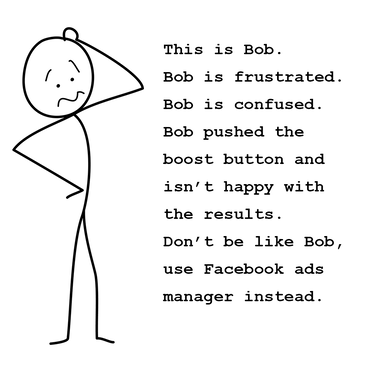



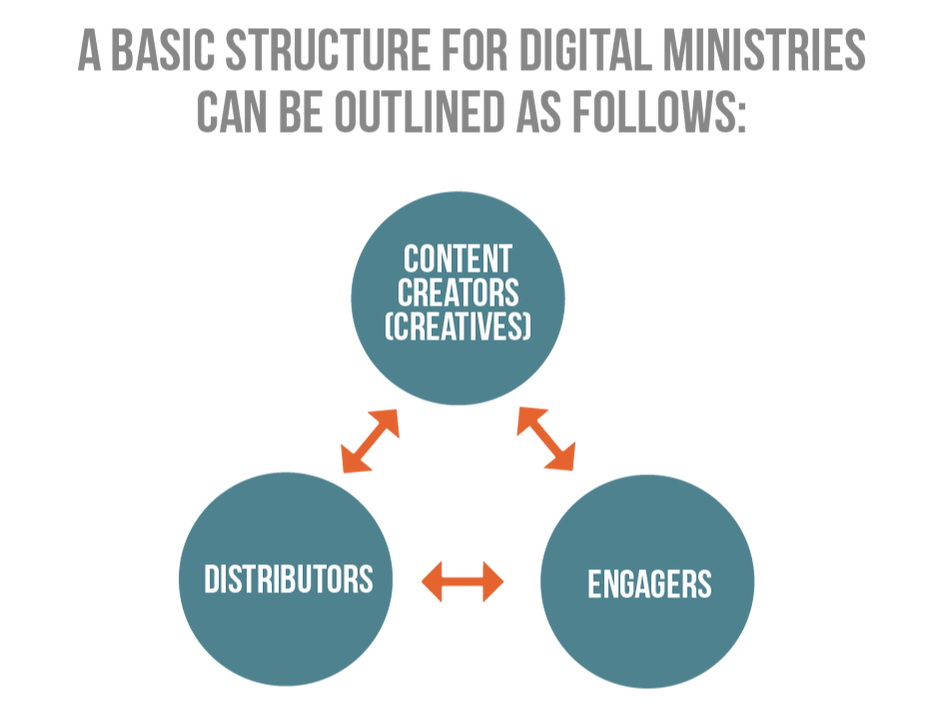
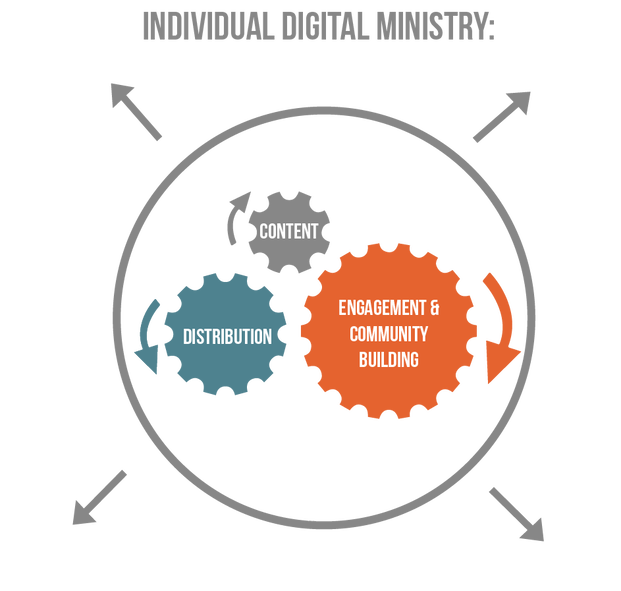
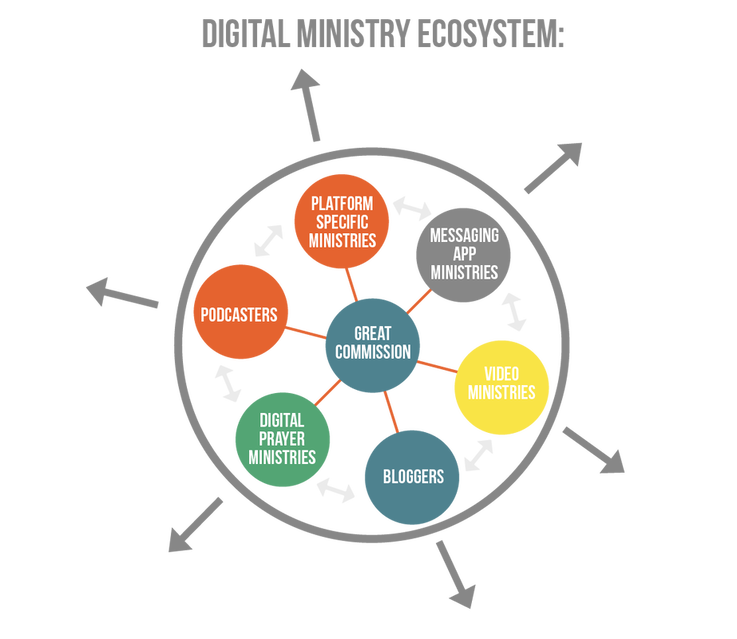
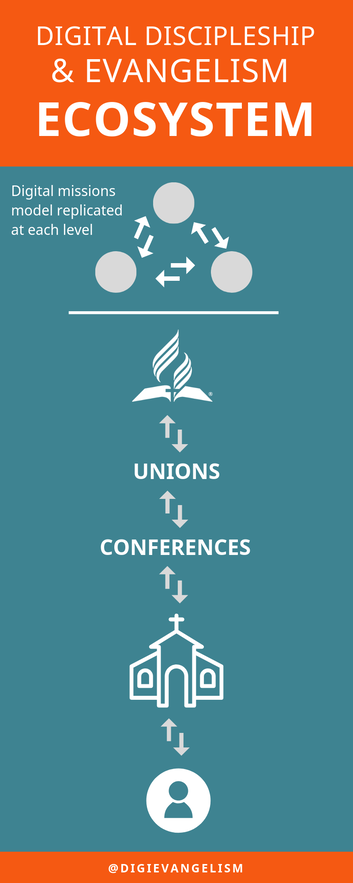




 RSS Feed
RSS Feed